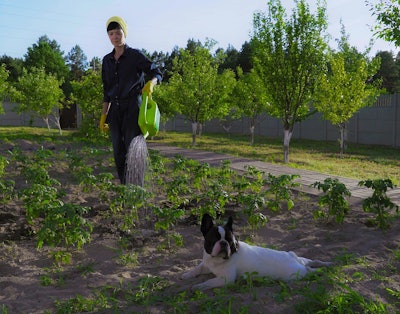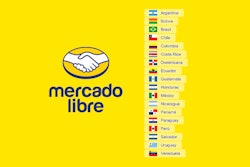
As we approach a new decade, some trend prognosticators are ambitious enough to look ahead not just to the next year but a full 10 years out. For example, Mintel just announced its three global food and drink trends for 2030. They all link to and support each other – and certainly could apply to pet food, too.
1. Change Inc. The change Mintel refers to here is all about consumers increasingly wanting the products they buy – especially foods and, by extension, pet foods – and the brands they buy from to be environmentally conscious, ethical and recognizing the importance of public health and other societal factors. “Consumers will reward brands that take action and improve important societal issues,” says Mintel’s press release. “The companies that will win in the next 10 years will be those that fuel the new era of conscious consumption.”
That means product and brand features already appearing now, like recyclable and eco-friendly packaging, sustainable proteins in pet foods (including how the source animals and human labor in the supply chain are treated) and ingredients that help tackle the problem of food waste.
2. Smart diets. While Mintel’s information focuses on the technology that can “enable consumers to construct hyper-individualized approaches to physical and mental health” – testing services, AI-powered apps, personal data collection – to me, this should also incorporate the rapidly evolving science and research in areas like the genome and micriobome, for humans as well as pets.
In fact, some pet food companies today are not only basing their business models on selling direct-to-consumer, customized diets, but also collecting data on the pets in the process that allows scientists to learn more about all pets’ health and nutrition.
3. High-tech harvests. Consumer studies in recent years, including ones by research firms like Mintel, have shown lagging consumer trust in science and scientific claims on human and pet foods. Yet, Mintel believes that will change or perhaps already is changing. “Consumer trust in food science and technology will strengthen as these become vital tools to save the food supply,” reads the press release. Obviously, this also ties back to sustainability and food waste: “Science will interlace with the food supply chain to boost yields and combat climate change.”
A key element to strengthening consumer trust is providing information about the food supply, and how it’s cultivated and processed, in ways that resonate with people. That responsibility falls to human food (and again, I would argue, pet food). “The food and drink industry will be compelled to elevate the role of nature, and humans, in the storytelling of these new, modern solutions,” Mintel says.
In addition, a buzzword of this past decade, at least the last few years – transparency – factors in heavily. According to Mintel, it also links to how food and ingredients are grown or raised. “Championing the people behind the food – whether it is grown in a laboratory or a field – will remain a timeless way of building trust with consumers.” And we know of pet food companies already doing that.
















